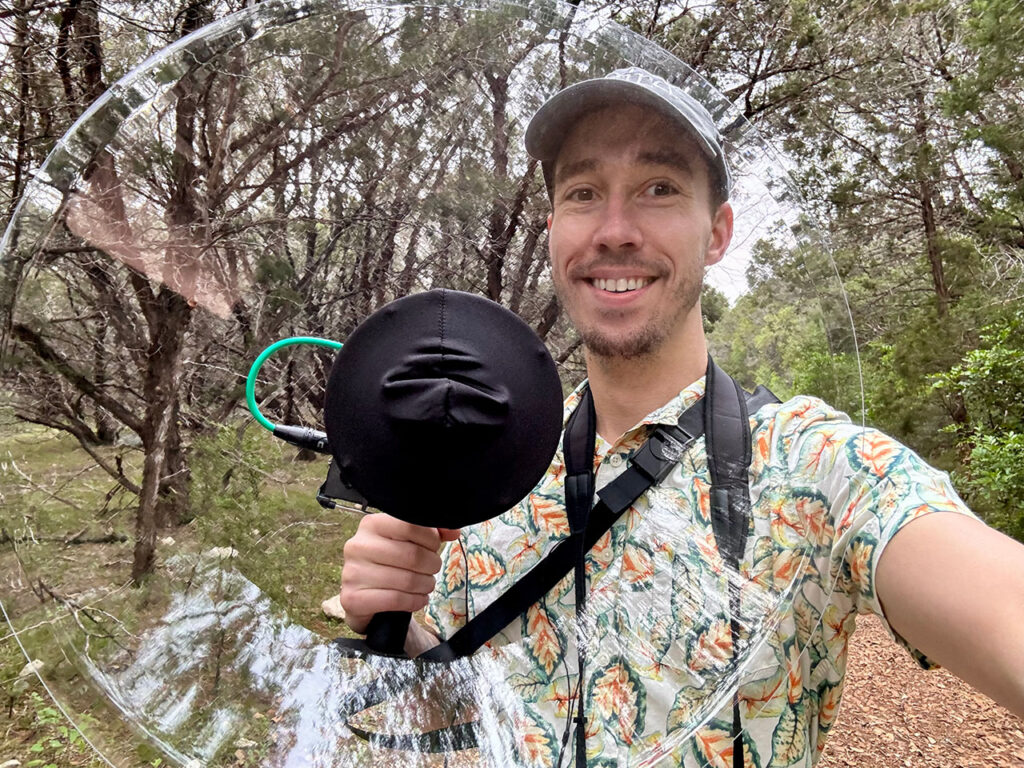
My first parabolic microphone recently arrived in the mail. I took it for a spin the past few weekends to see how it felt to use and how it sounded compared to my shotgun microphone setup.
Five years of recording birds for funsies
In 2019, I began recording bird songs using my phone. I credit the Merlin App for making it effortless to identify and save new bird recordings with Sound ID. It wasn’t long before I found myself leaving my camera at home and going out to exclusively record new birds. That wasn’t to say I didn’t try to do both at the same time.

My parabolic microphone setup
| Parabolic Microphone | Wildtronics Pro Mono Parabolic |
| Recorder | Zoom F3 |
| Cute XLR Cable | Coluber Cable 1ft XLR Male to Female Cable |
| Storage | Sandisk 32gb Micro SD Card |
| Recorder Mount | Mini Accessory Bar |
| Carrying Strap | Shoulder Strap |
| Windscreen | Secondary Windscreen |
Initial research of the parabolic microphone market showed me that only a few options are available for the average hobbyist: Wildtronics, Telinga, and Dodotronic. There are other options out there but I found the most discourse about these brands.
A Wildtronics Pro Mono Parabolic Microphone was the best option for me because it included a microphone and is American-based.
For the recorder, I connected a Zoom F3 because it’s tiny and can be mounted directly to the microphone (with the mini accessory bar). The F3’s best feature is its simplicity. There is no need to adjust the recorder’s volume (gain). Just start recording.
Pointing the parabola
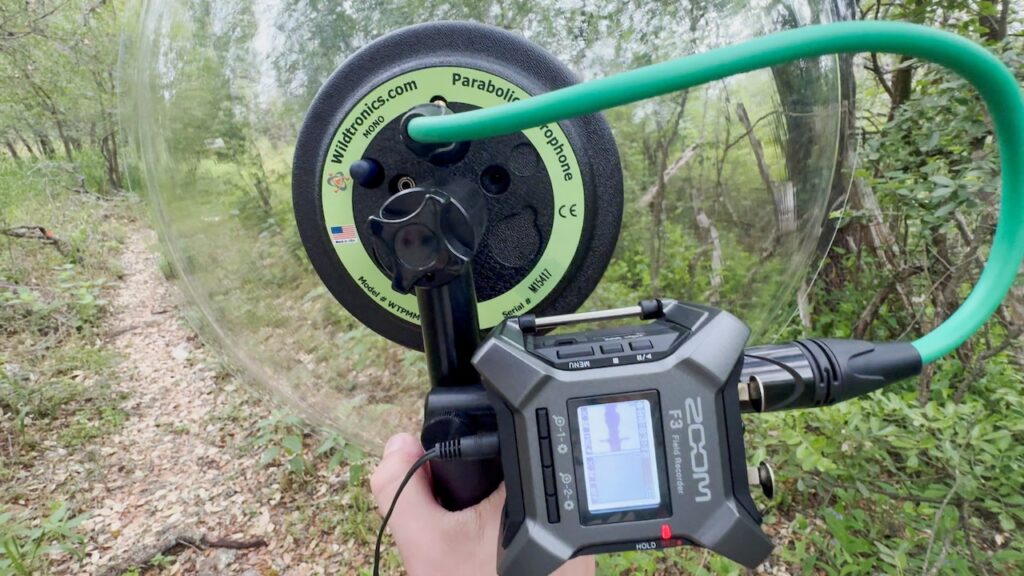
A parabolic mic is much more directional than a shotgun or omnidirectional microphone. I was ready to bring over-the-ear headphones to help with my aim but they’re annoying to take on and off, so I brought cheap tiny earbuds instead.
It was less difficult to aim the parabola than I imagined. When I could see the bird, it was easy to simply point the mic at it while looking through the transparent dish. When the bird wasn’t visible, it was a guessing game to aim so the earbuds came in handy.
It felt magical at the moment the mic hit the perfect direction. The bird’s pretty song came into crystal clear focus, louder, and more vibrant than I’ve ever experienced.
Hidden ambient noises 🪰
The parabolic microphone was excellent at ambient sounds but it picks up the tiniest sounds between or behind the bird and you.
Things like insects buzzing in front of the dish, other birds in front or behind the subject, and echoes of distant passersby all become factors to avoid.
My favorite parabolic bird recordings so far
The only editing done to these recordings is normalizing to -3dB and a few have a gentle high-pass filter (250Hz frequency and 6dB roll-off).
Visualizations were created with Merlin by importing the final recordings and exporting the spectrogram. Follow any of the Macaulay Library links to hear and watch the live spectrogram as the bird sings.
Painted Bunting
Painted Buntings males are a chromatic spectacle. This one was perched 30m away on the top of a tree.

Red-eyed Vireo
The Red-eyed Vireo’s song is a series of quick whistles punctuated by short pauses. It loves to see from high in the tree canopy where it can remain hidden.

Indigo Bunting
The Indigo Bunting’s complex warbling song and spectrogram share similarities with the Painted Bunting. If you compare them, the Indigo’s song sounds slightly different and seems to be longer in duration.

Golden-cheeked Warbler
The Golden-cheeked Warbler is a beautiful, endangered bird that breeds exclusively in mixed juniper-oak woodland in central Texas. Conveniently, I live in central Texas and can enjoy seeing this bird at Government Canyon.
This bird has two typical songs, A and B. The A song is more common to hear during the day.
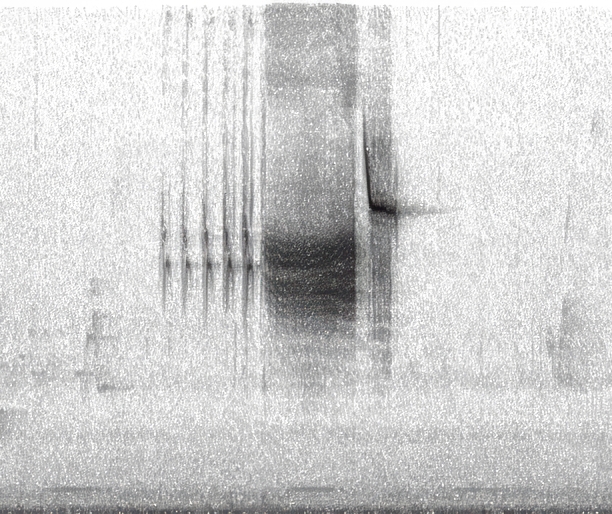
Olive Sparrow
A fellow birder compared the song of the Olive Sparrow to the sound of a ball landing on the ground.
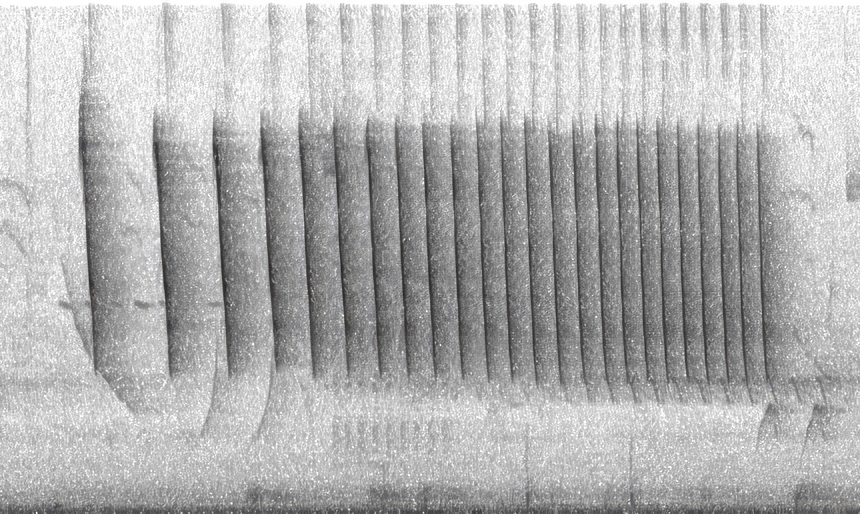
Yellow-breasted Chat
This was my favorite bird to listen to and record. Similar to a Northern Mockingbird, the Yellow-breasted Chat seems to randomly sing from its repertoire of sounds.
I analyzed the Chat’s spectrogram and identified these five unique sounds. See if you can identify them without looking at the spectrogram. A White-eyed Vireo’s song can be heard throughout the clip to try to throw you off. 😉

A comparison of shotgun and parabolic mic bird recordings
Hear the quality difference between a parabolic and shotgun microphone by listening to these combined bird recordings.
This is a non-scientific comparison of my bird recordings made with a parabolic mic and a shotgun mic (Sennheiser ME66/67). Disclaimer, these are simply comparisons between my favorite recordings of the same species taken with both microphones during separate occasions.
*A beep separates the parabolic and shotgun microphone in the clips below* 🤖
Painted Bunting comparison
Look below at how much noisier the shotgun mic’s spectrogram is compared to the parabola. After normalizing both clips to -3dB, the shotgun recording has much more ambient noise.
The Painted Bunting’s warbling song comes through loud and clear using the parabola.
Listen to a combined clip below of the parabolic recording next to the shotgun mic recording.

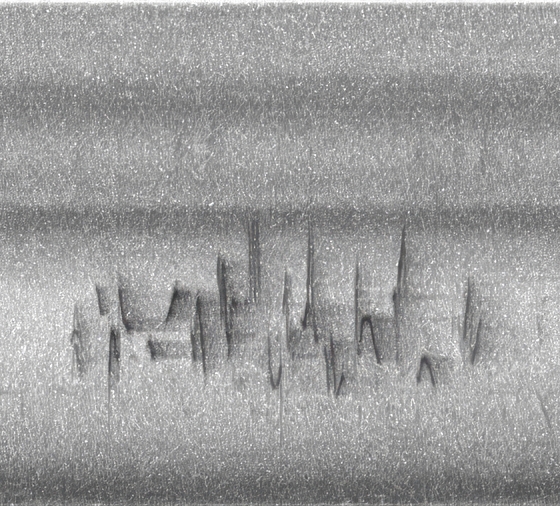
Red-eyed Vireo comparison
This is a tricky bird to record. The Red-eyed Vireo spends most of its time singing in the forest canopy. I’ve honestly never gotten a good view of this bird, basically only heard it.

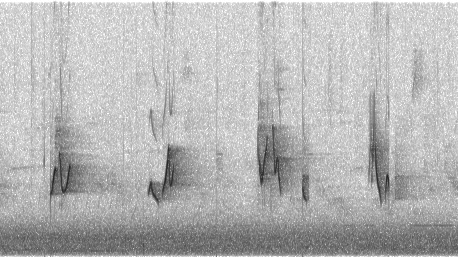
Northern Cardinal
Cardinals sound like spaceship lasers. That’s all. This is the most comparable recording between the two microphones. I think if the distance and conditions were better, the parabolic recording would be better. There is an “insect band” visible in the spectrogram.

A new era for my bird recording
I dreamed of a parabolic microphone for many years and felt a need to show myself continued interest in bird recording before investing in one. Parabolas aren’t cheap and at the time of writing, the setup described in this post runs ~$1250. But the quality and clarity is worth it.
The excitement I feel to go out and record birds is greater than ever. 🪶


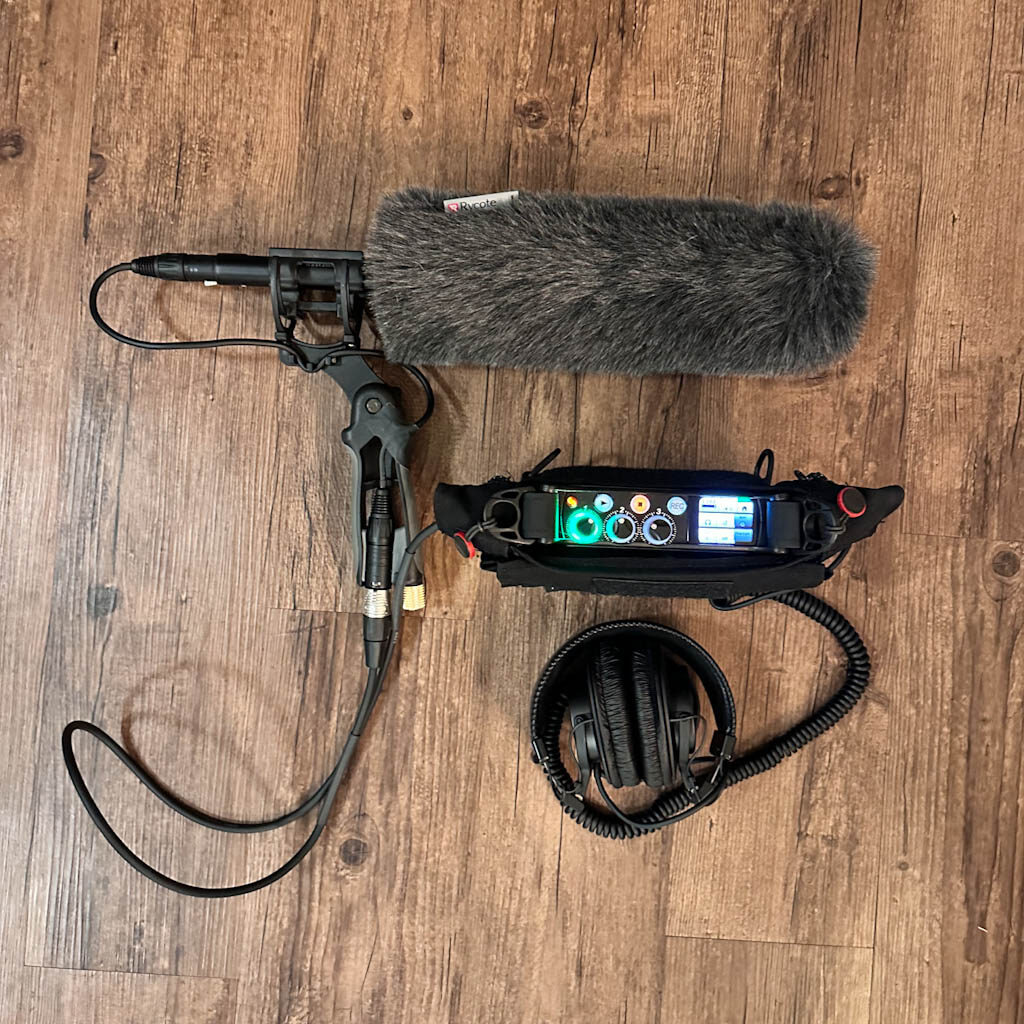
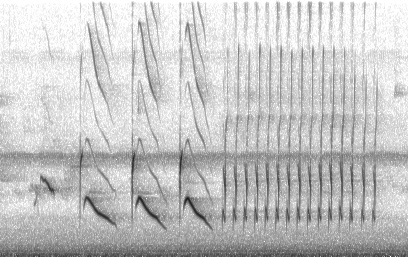
Hi Jeff,
Thank you for all the useful and very clear information. I am considering acquiring the parabolic microphone setup that you are presenting, and my question is: Don’t you use any headphones when recording?
Thanks again. Have a nice summer!
Dominique (he/him) (from Quebec, Canada).
Hey, Dominique!
I’ve taken the parabolic out about seven times now and only brought headphones the first time. The headphones can help, but they can also slow you down.
I tried it with lightweight cheap $1 earbuds that would stay tucked in my collar while walking until ready to record. It worked fine but the cords got in the way. The same happened with larger headphones carried around the neck.
Since then, I record without headphones. It’s a hobby for me, so it’s okay to miss a few recordings. While the parabolic is ultra directional, it’s still reasonable to aim by sight only if you can see the bird.
Definitely use headphones at first to understand what it should look like when you’re aiming correctly!
—
Since publishing, I’ve made one adjustment to the setup. The shoulders strap’s clips caused noise with the attachment that came with it. I removed both and instead used a D-ring screwed into the handgrip, and this peak designs shoulder strap that I had laying around.
Have fun recording!
Hi again Jeff, I did find the answer to my question when reading again…. Thanks. Dominique.
HI Jeff,
Thanks for the worthwhile, useful and detailed information!
I am blessed to have a home surrounded by wetlands and a retention pond. I sit on my back porch with coffee and use Merlin to capture the many bird species here – 75 birds within 6 months. Don’t laugh, I just bought a unidirectional microphone this week. I’m in Florida, so there are many migratory, raptors, tropical and song birds.
So many birds I hear on the horizon, which may be quite distant. How long-range is this microphone?
Off the Mike topic, Merlin often IDs a bird is calling yet cannot ID the species. Do I need to add additional bird packs to maximize species ID’d?
Many thanks!
Martin
Hi Martin! Thank you so much for your wonderful comment! Honestly, it can hear for hundreds of feet depending on the conditions and source of sound. It has been consistently blowing me away week after week since I’ve been using it. I recently hand-soldered these super sensitive microphones and plan to build a homemade parabolic microphone to try recording the nocturnally migrating birds!
Regarding Merlin, I believe it was nerfed recently and an update makes it more conservative for when it suggests a possible bird ID. I noticed it picks up way less detections than it used to.
You may consider trying the “BirdNET Analyzer” app which may show a wider list of detections.
Jeff